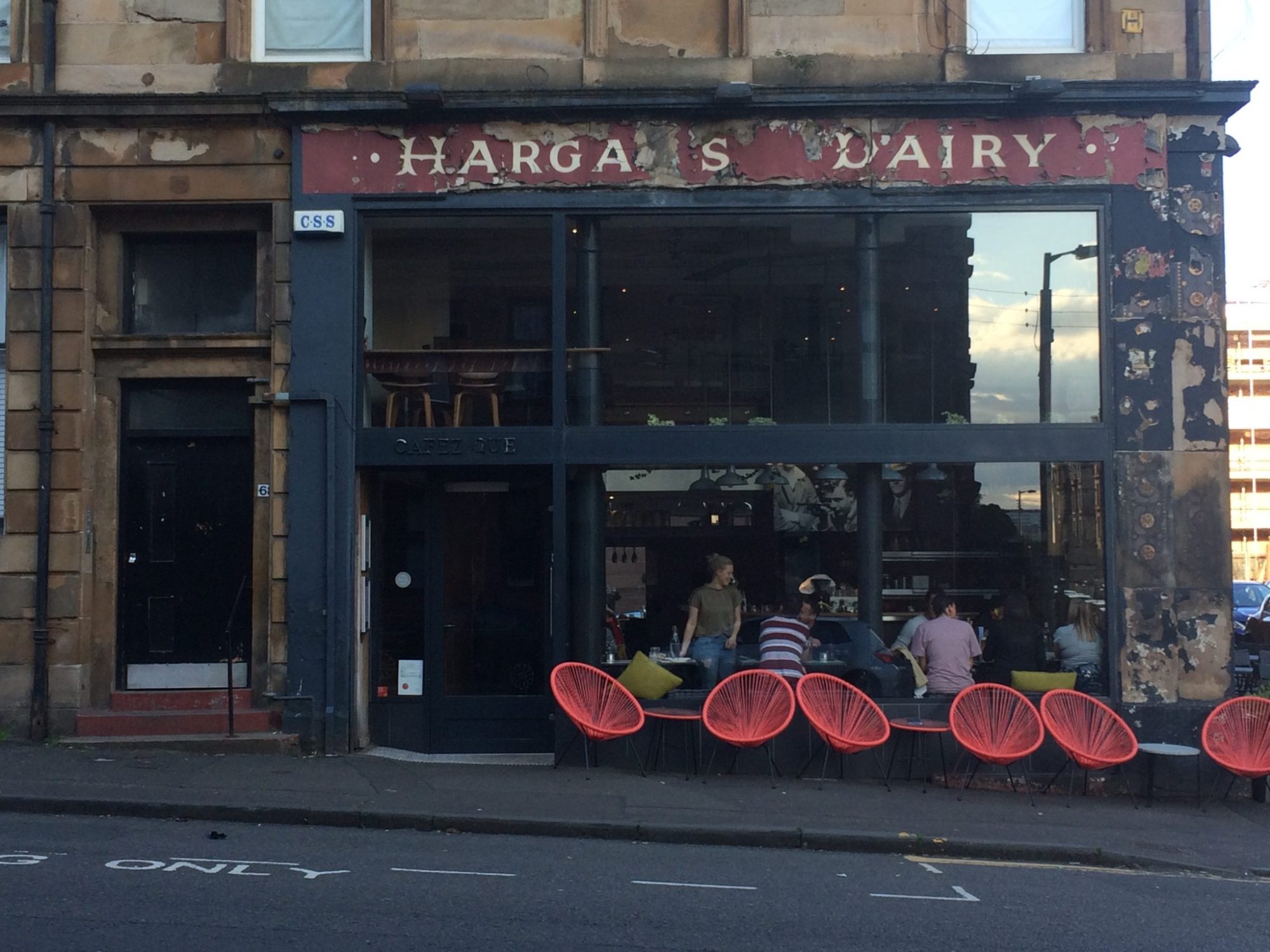In the last few months we have been exploring various parks around the city highlighting buildings, ponds, green houses, ancient trees and sculptures; but what about the minds behind their planning and construction?
This blog is a quick peek into the lives of some of the philanthropists, sculptors, botanists and architects that made Glasgow the “dear green place” that we know today.

1. Isabella Elder – Philanthropist
First up we have Isabella Elder, née Ure (1828-1905), a Scottish philanthropist who dedicated her whole life to improving our city and the living conditions of its inhabitants. She is known worldwide for promoting opportunities for women in higher education and for being a benefactor to various universities in Glasgow.
The majority of Elder’s philanthropic projects were centred on Govan. In 1885 she established Elder Park, with the aim of offering “healthful recreation by music and amusement” to the people of Govan. As well as the park, Isabella Elder’s other Govan projects included Elder Park Library, a School for Domestic Economy, the Cottage Hospital, the Cottage Nurses Training Home, and the erection of a statue in honour of her husband, John Elder. Many of her philanthropic works are still open to the community today.
One of the main highlights of Elder Park is the bronze statue of Isabella Elder by the famous sculptor Archibald Macfarlane Shannan. The statue is still one of the very few historic monuments commemorating a woman in the city.
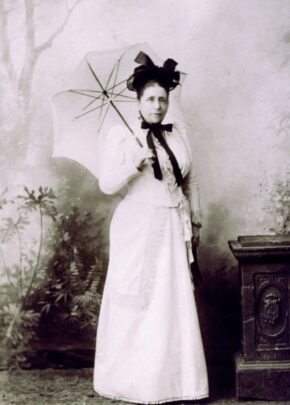
2. Archibald Macfarlane Shannan – Sculptor
Archibald Macfarlane Shannan (1850-1915) was a sculptor and architect. In his youth he was apprenticed to his father, the builder Peter Shannan. After travelling to West Africa and the USA, Archibald trained as a sculptor at the South Kensington School and in Paris. In 1892 he returned to Glasgow and began a successful career as a sculptor.
He produced many important works of art that can still be seen and admired around the city, such as the bronze sculpture of Lord Kelvin, erected in 1913 near Glasgow University tower and the seated bronze statue of Isabella Elder in Elder Park, Govan. Isabella Elder’s sculpture stands on a large granite plinth and the bronze statue sees the Scottish philanthropist wearing her academic gown. The sculpture was unveiled in 1906 and was erected by public subscription.
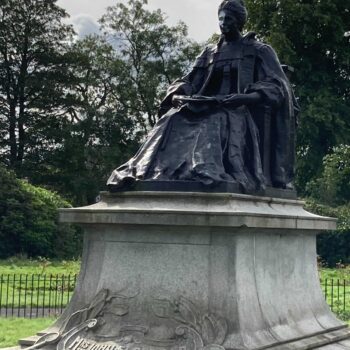
3.Sir Joseph Paxton – gardener, architect
Sir Jospeh Paxton (1803-1865) was the brilliant mind behind some of the most beloved parks in the city, including Glasgow Botanic Gardens in the West End and Queen’s Park in the Southside. He also participated in the design of West End Park (now known as Kelvingrove Park).
Amongst his main achievements are the design of the Crystal Palace in London for the Great Exhibition of 1851 and the cultivating and introduction of the Cavendish Banana.
Queen’s Park was opened in 1862, the year of Queen Victoria’s Silver Jubilee. Paxton’s original plans for Queen’s Park included a winter garden and an artificial loch, unfortunately these amenities were considered too extravagant by the City Architect John Carrick, who removed them from the plans and developed the park without them.
In 1854 Sir Joseph Paxton was commissioned to design West End Park, providing the West End with its equivalent of Glasgow Green. Sadly once again many of the features he proposed were not built. The design of West End Park (now Kelvingrove Park) owes in fact much more to Charles Wilson, the architect who designed Park Circus and Thomas Kyle, surveyor for the Kelvingrove Park project.
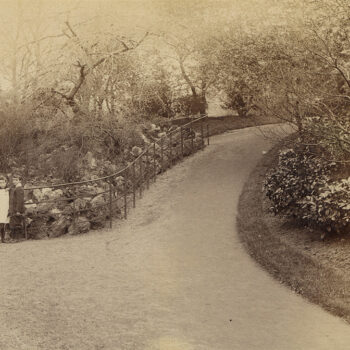
4.Charles Wilson, architect
Charles Wilson (1810-1863) is one of the most famous 19th Century architects and is known for creating a specific style that can be seen around Kelvingrove Park, and for designing Park Terrace and Park Circus.
In the 1850s he developed a proposal for West End Park, now Kelvingrove Park, together with a masterplan for a concentric pattern of streets and inner ring of terraces, now known as Park Circus, Park Terrace and Park Quadrant.
Kelvingrove Park is the classic example of a Victorian park, located on the banks of the River Kelvin, it enhances and complements the many surrounding buildings. The park was greatly developed for the Great Exhibitions in 1888, 1901 and 1911, but the layout has remained the same since 1894.
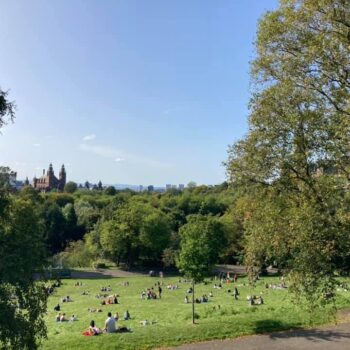
I am text block. Click edit button to change this text. Lorem ipsum dolor sit amet, consectetur adipiscing elit. Ut elit tellus, luctus nec ullamcorper mattis, pulvinar dapibus leo.


